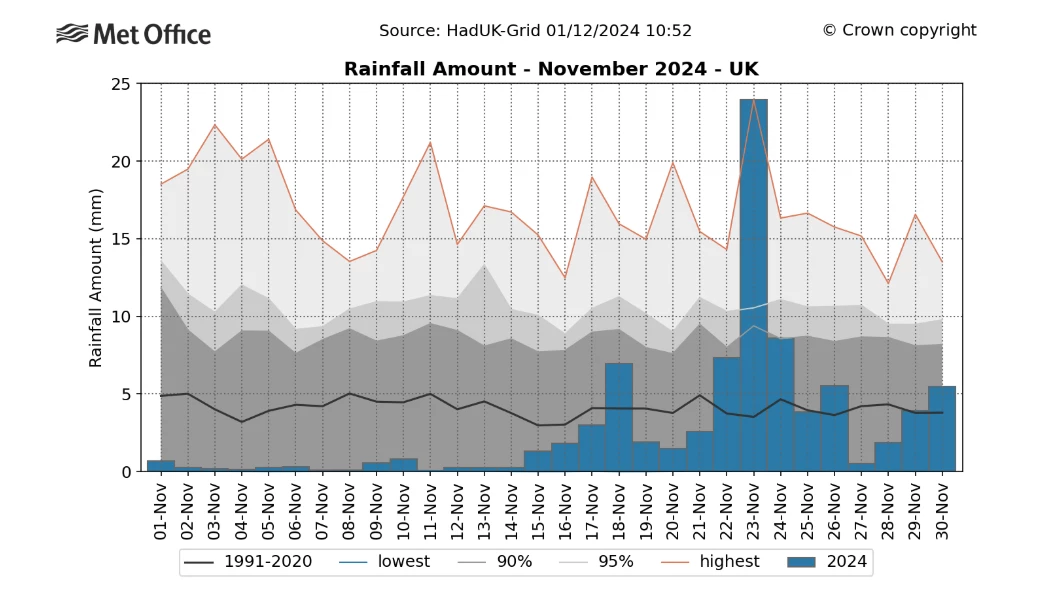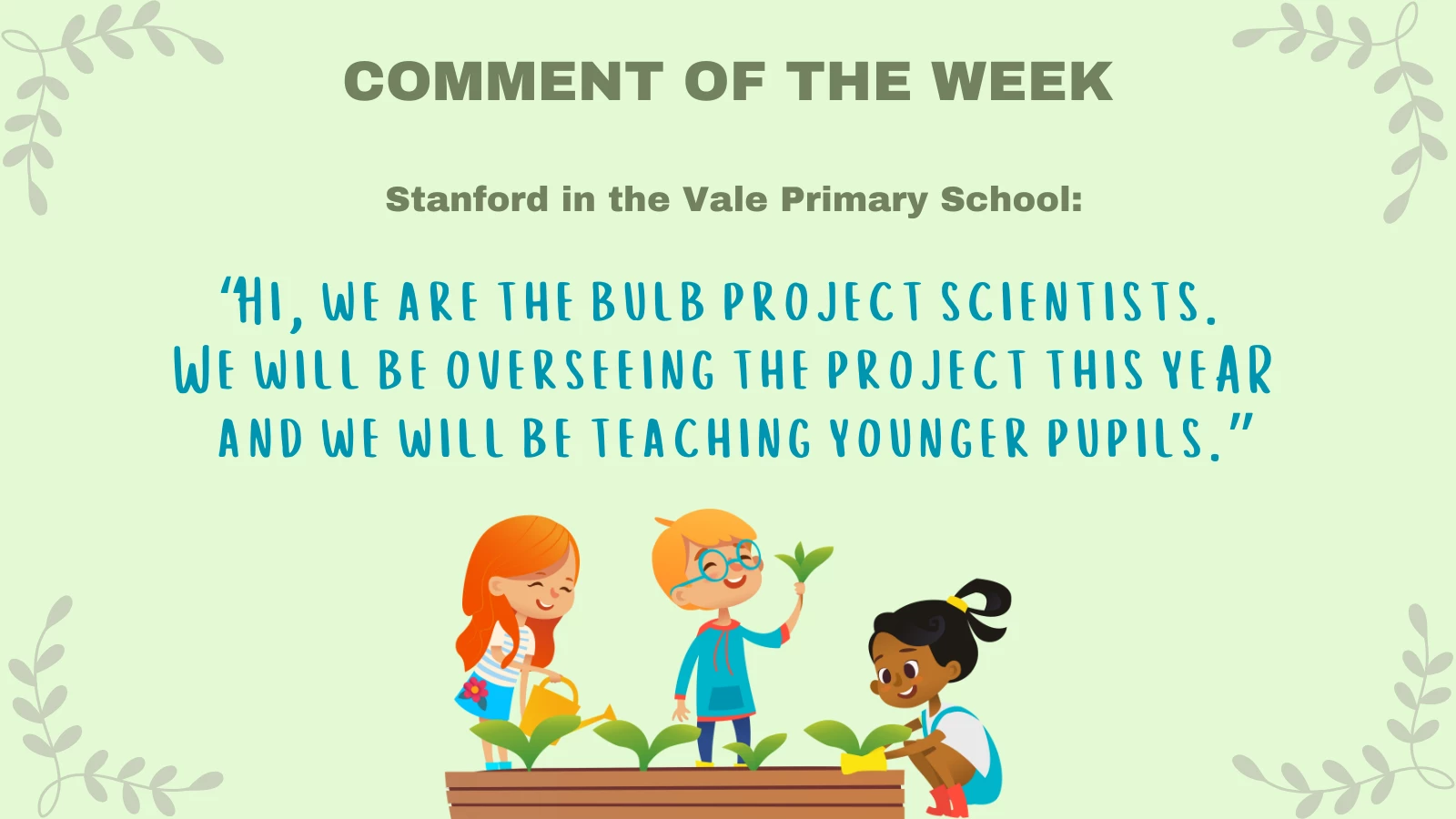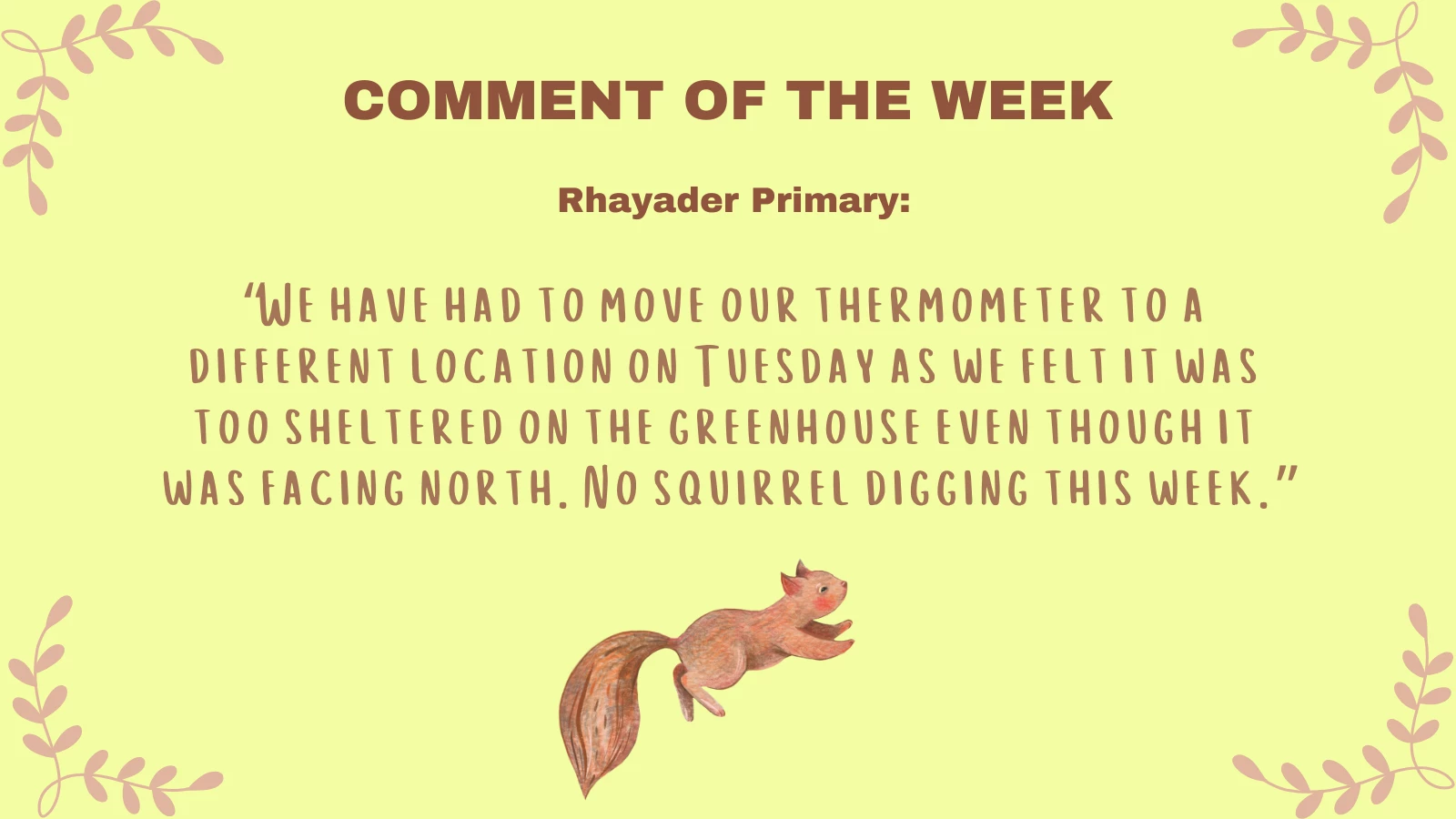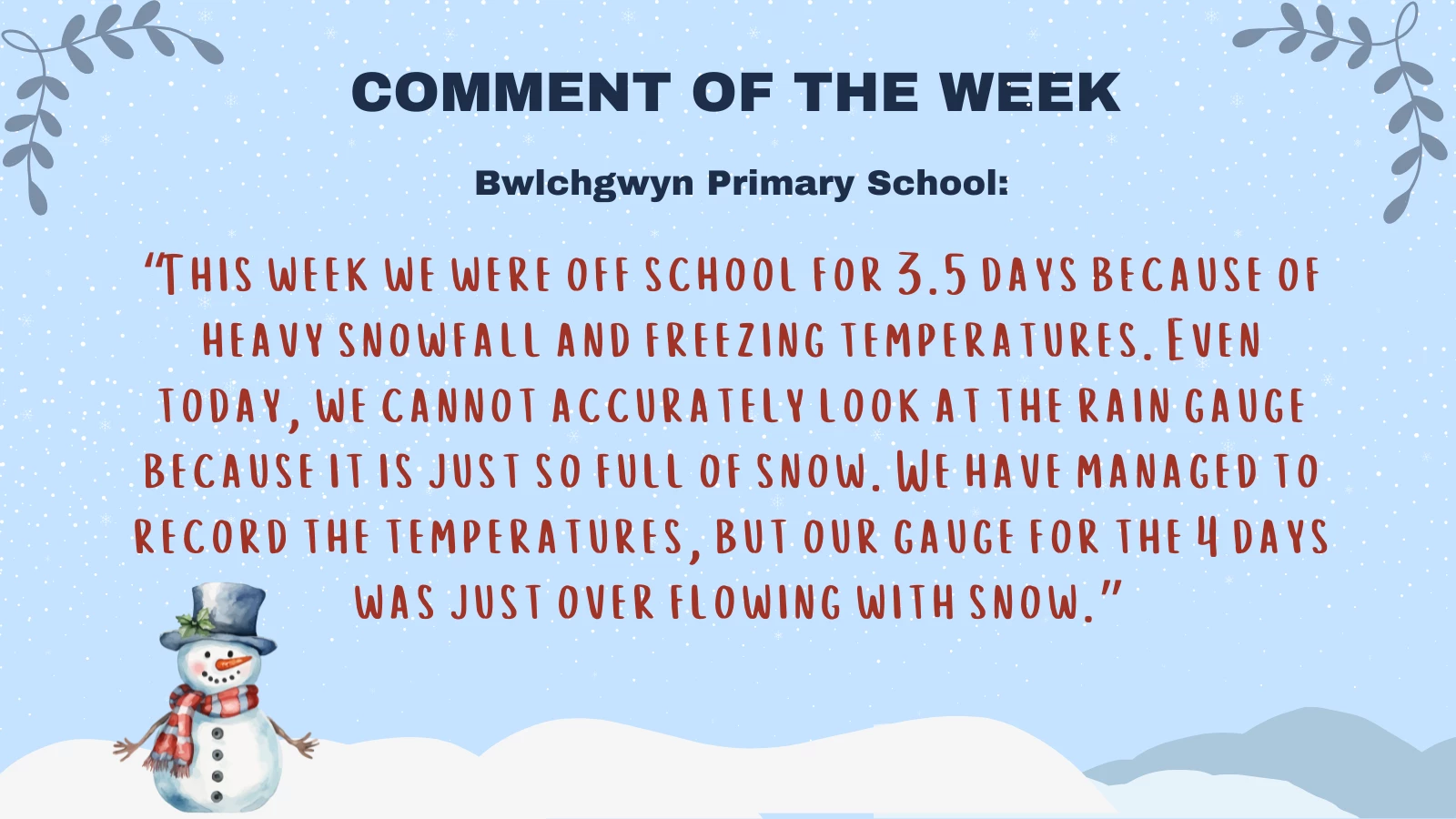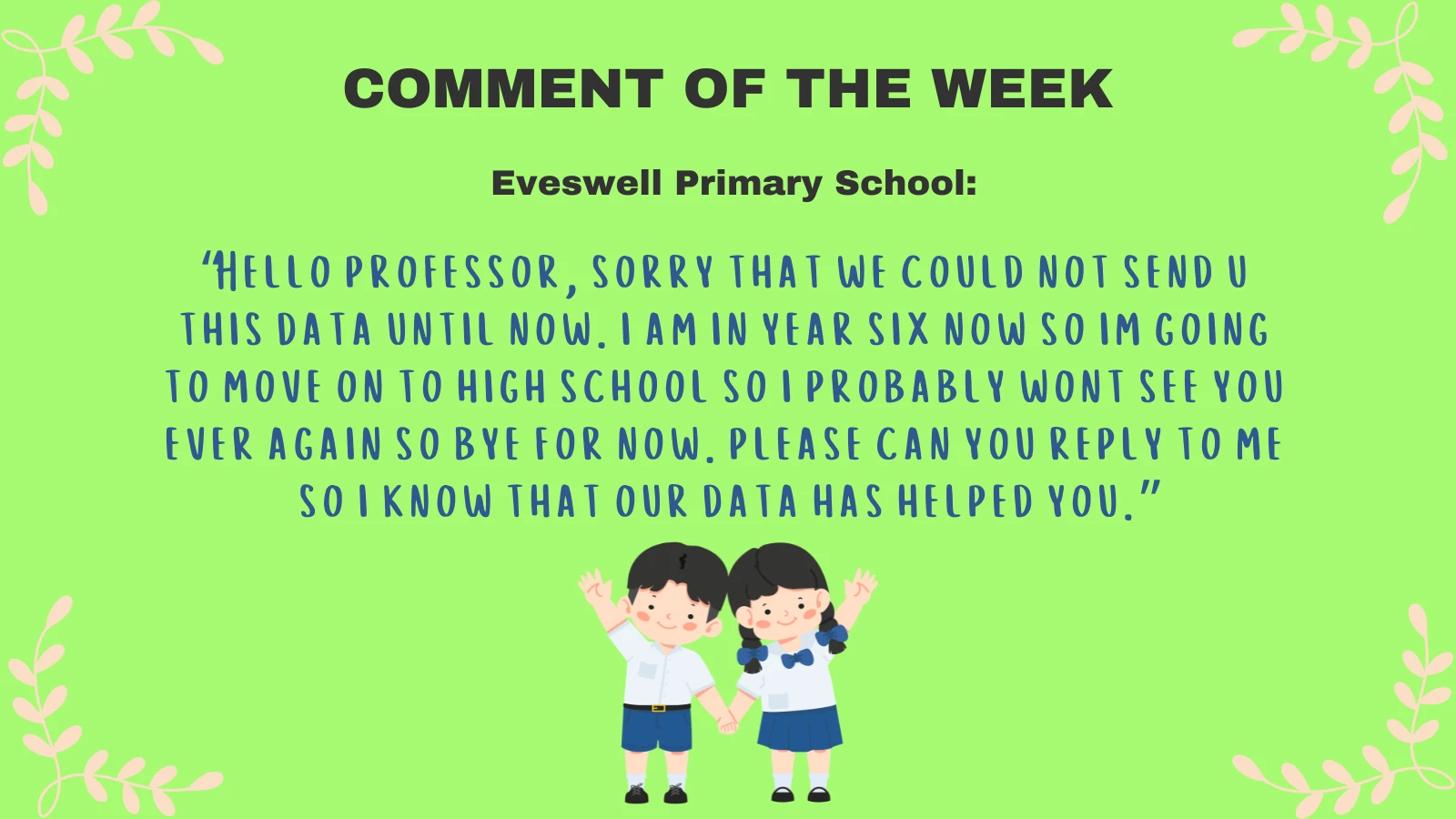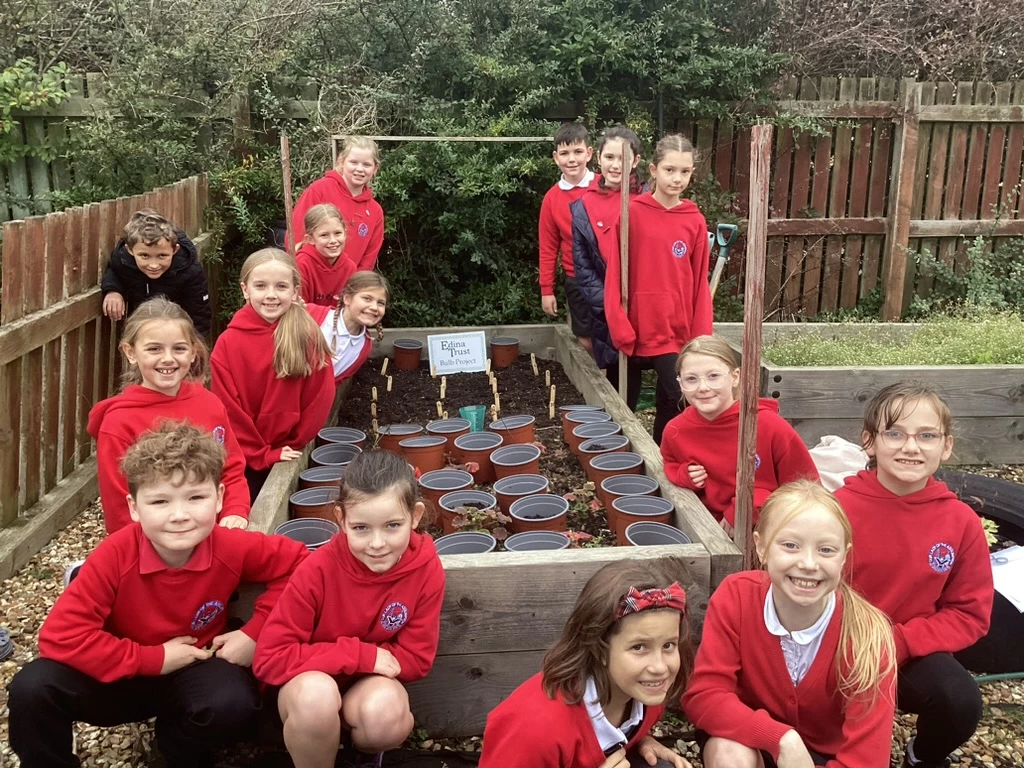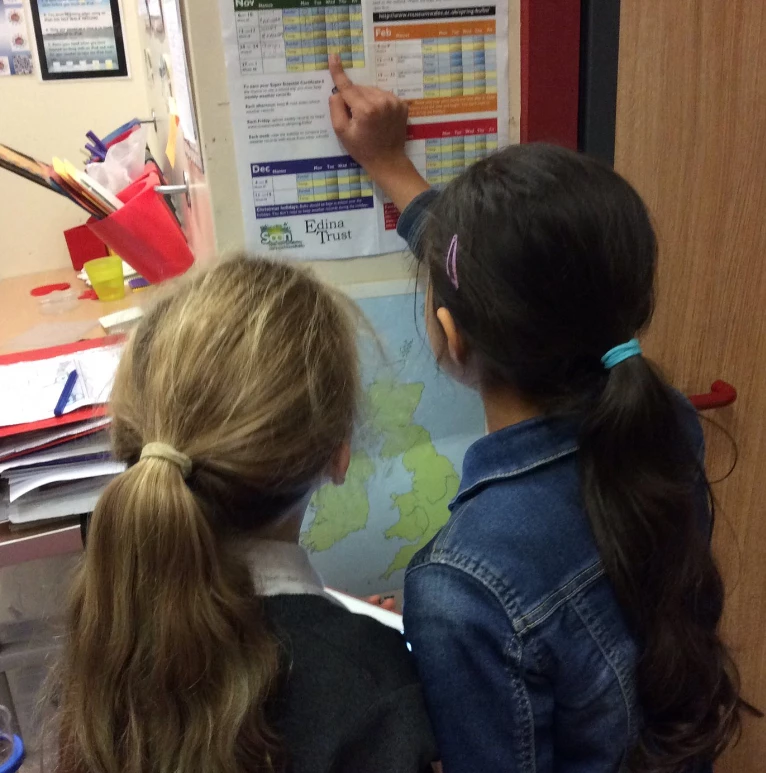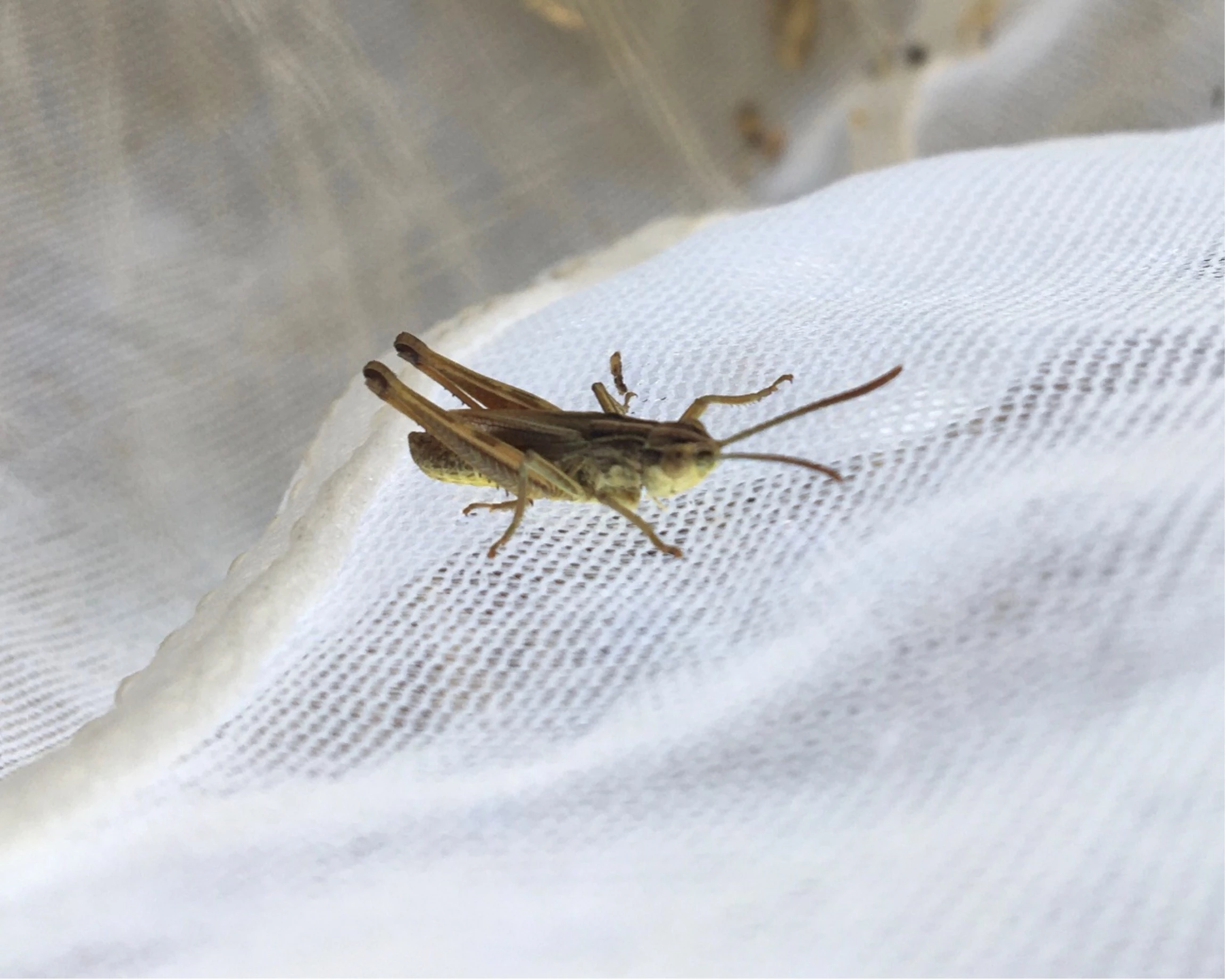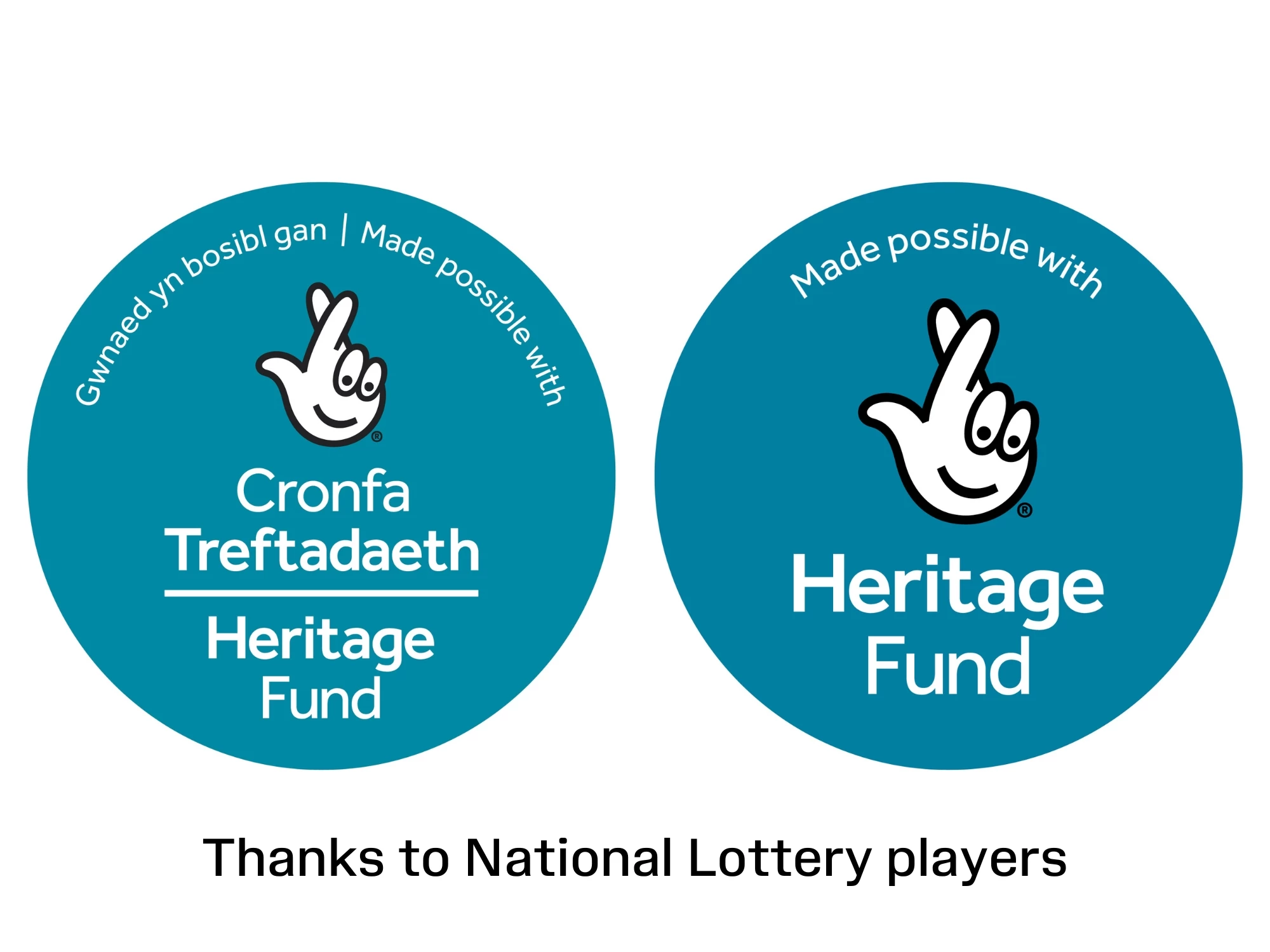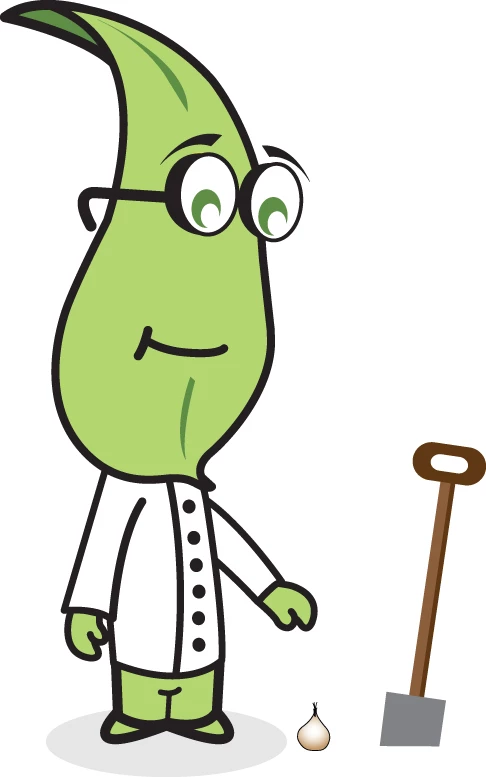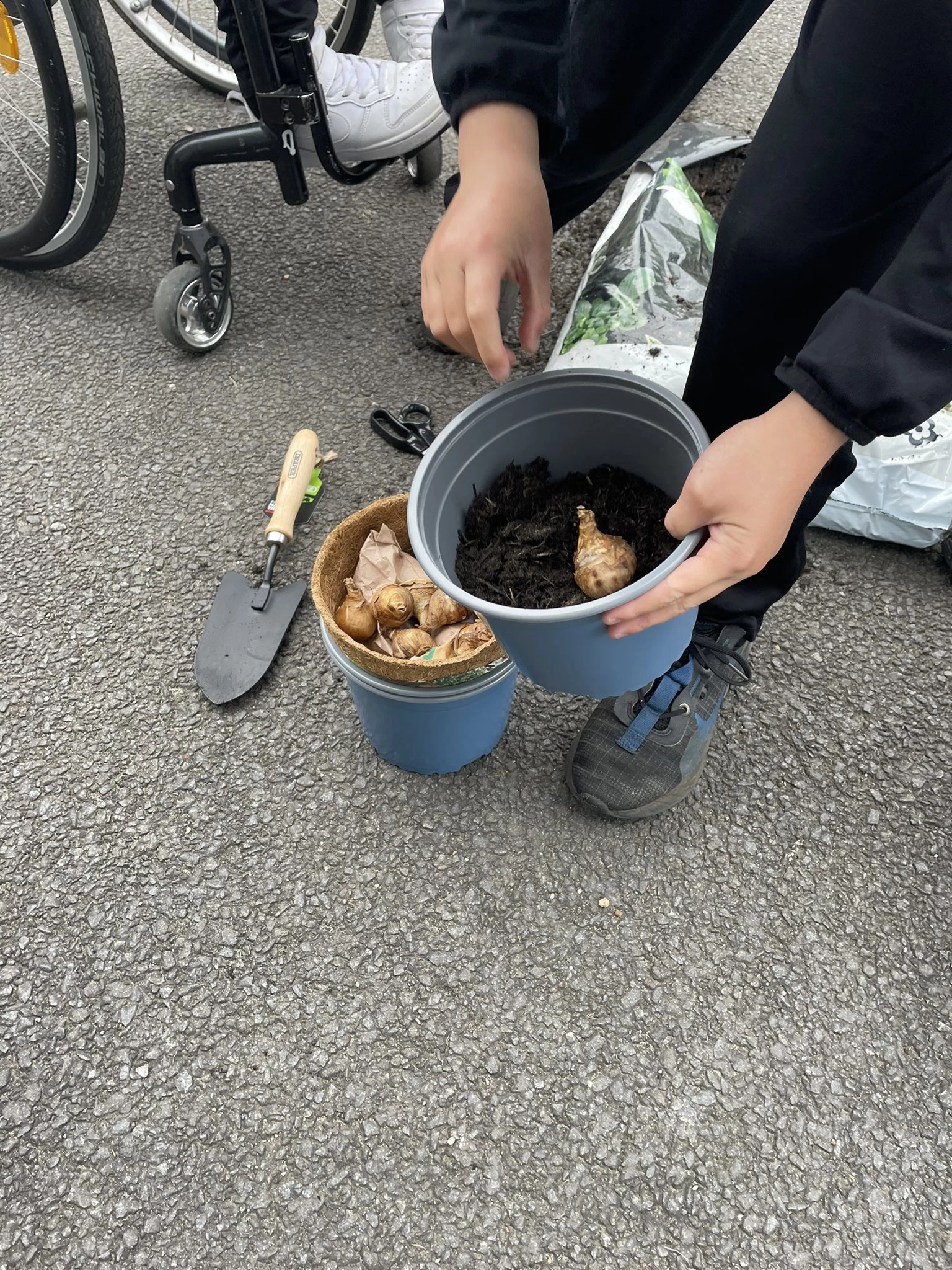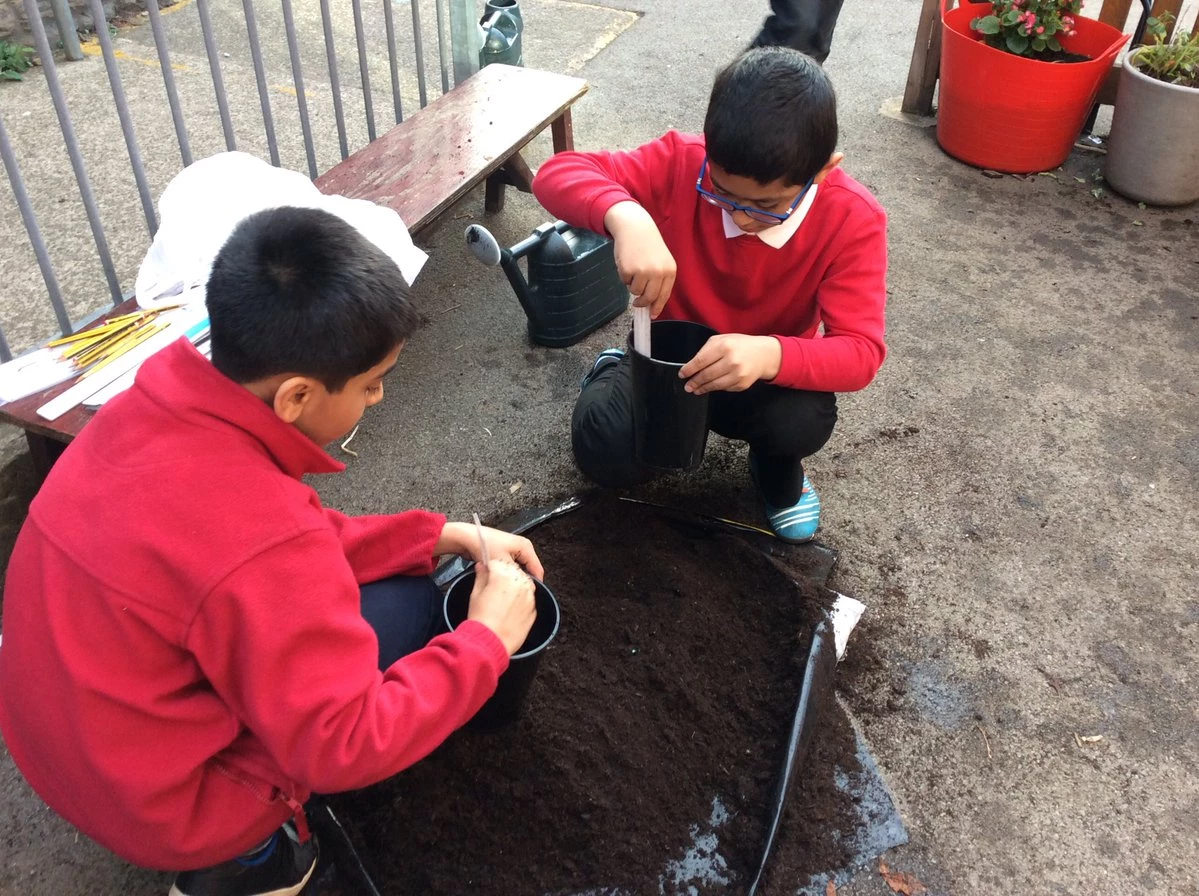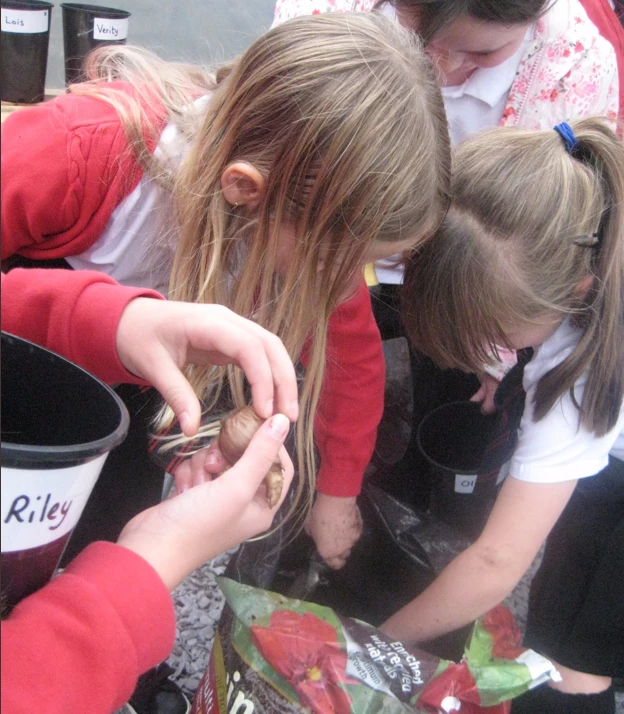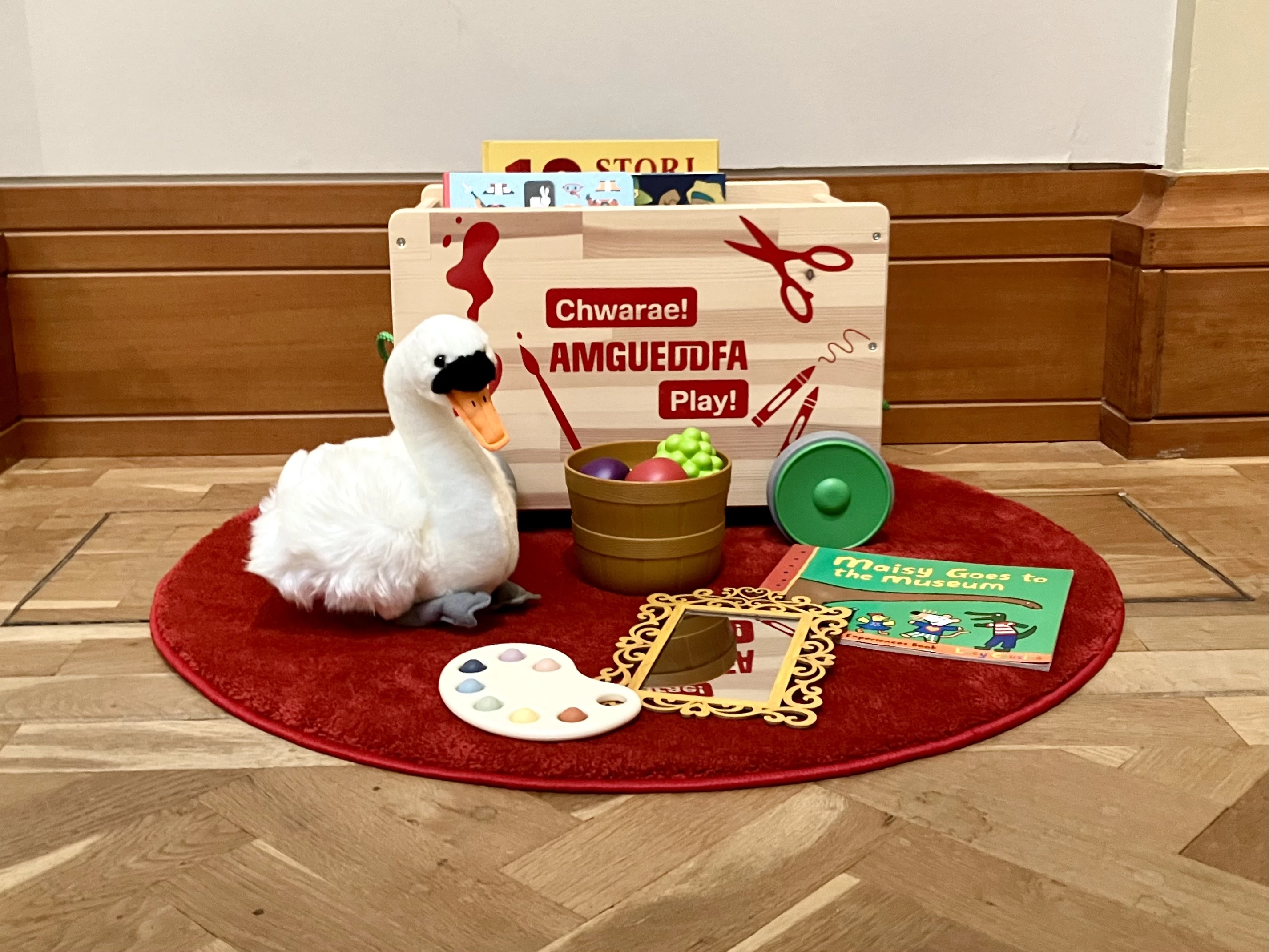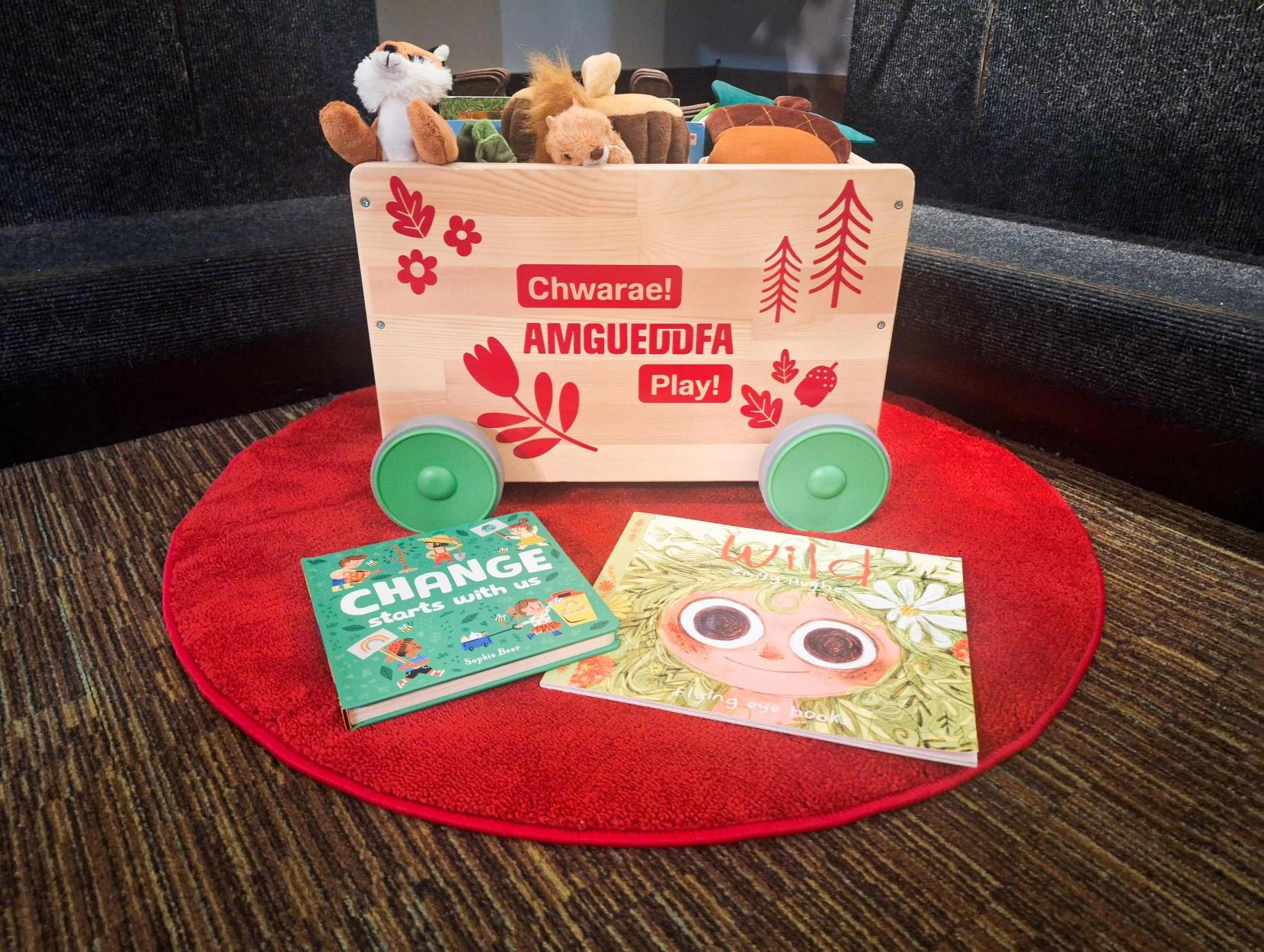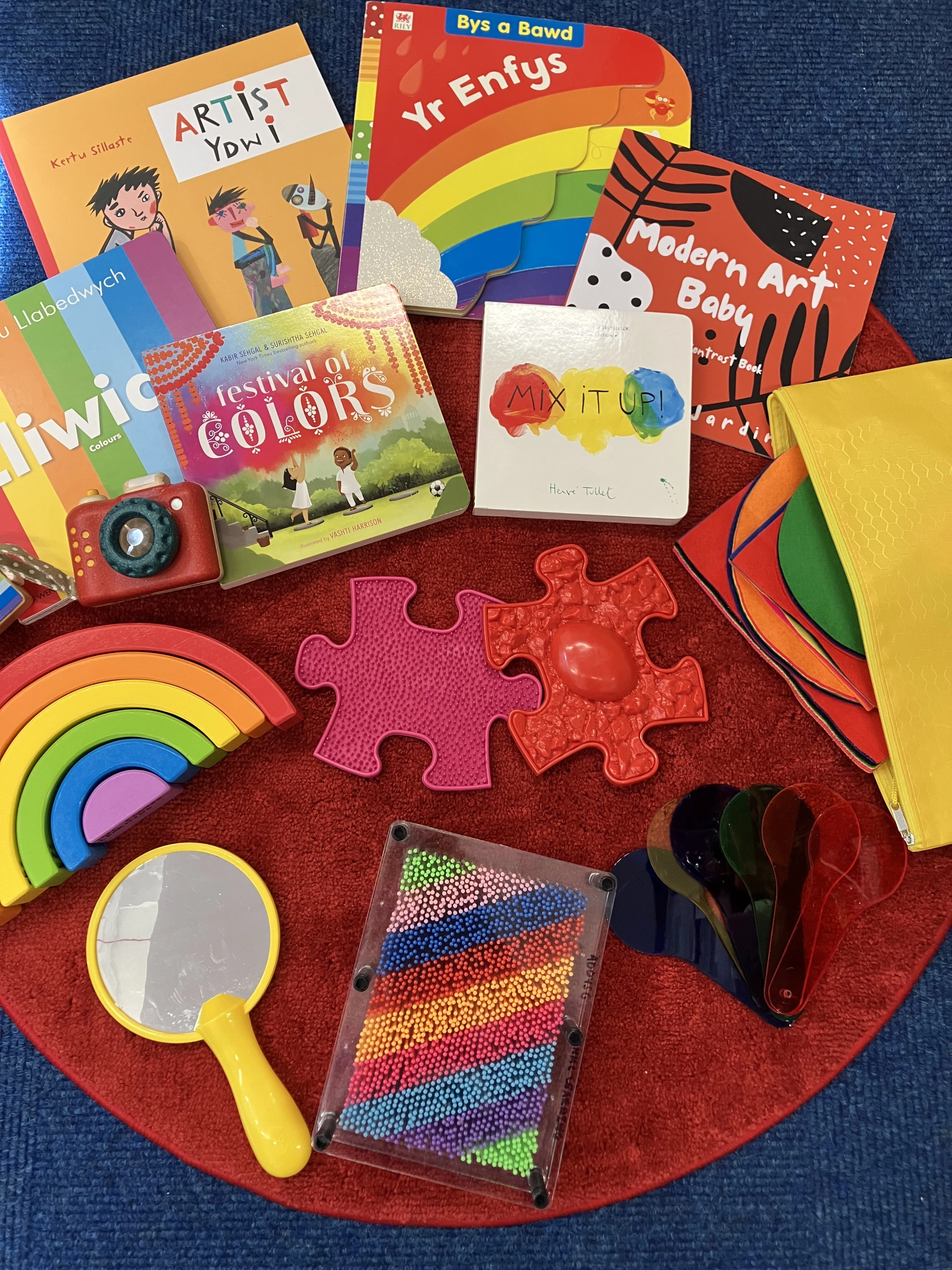Weather Data for November
, 4 December 2024
Hi Bulb Buddies,
I would like to say a huge thank you to all the schools who have uploaded their weather data to the website. For anyone new to the Blog, we have 175 schools across the country taking weather readings for every day they are in school from November to March! Our Super Scientists are exploring the effects of weather on the flowering dates of spring bulbs!
The MET Office has described November 2024 as a month of two halves, because the weather for the first two weeks was mild and relatively warm but the following two weeks were wet, windy and even snowy! This is reflected in your comments; at the beginning of the month many of you commented on not having much rain. In the second half there were reports of lots of rain and some snow! This was the snowiest November since 2010!
Only one school has mentioned Storm Bert, but this was the cause of lots of the rainfall that you reported. You may have seen lots of discussions around flooding and weather warnings in the news. You can learn more about weather warnings here: Weather Warnings And more about named storms here: Weathering the Storm
Storm season runs from September to August, which aligns nicely with our investigation. Storm Bert was the second named storm this storm season. We've also had storm Ashley and storm Conall. You can see the names for this seasons storms in the image on the right. Last storm season was the stormiest since naming UK storms began in 2015. Last year we had 12 named storms and by this time last year there had already been four named storms and the fifth was on it's way!
Lets take a look at your comments to see how the project is going in schools across the UK. I'm excited to report that many schools have noticed some green shoots in their pots!
Messages to Professor Plant
Eveswell Primary
Comment:
Hello professor, sorry that we could not send u this data until now. I am in year six now so I'm going to move on to high school so I probably won't see you ever again so bye for now. I hope you see this message if not that is okay. Please can you reply to me so I know that our data has helped you.
Professor Plant's Response:
Thank you, Josh! Your data has been extremely helpful, and I want to say a big thank you for all of the work you have done on this project. Please thank everyone at your school that has worked on this as well. I’m sure you will have a fantastic time at your next school!
Ysgol Pennant
Comment:
Ar y dydd Mawrth aeth yr ysgol i wylio sioe yn theatr Hafren felly doedden methu gofnodi.
Professor Plant's Response:
Diolch yn fawr Ysgol Pennant. It’s okay to miss a day—your effort in recording other days is very much appreciated. Thank you for letting me know.
Weather Observations
Stanford in the Vale Primary School
Comment:
Sorry for the confusion on the 18-22 of November; this is the actual date for last week's temperature.
Professor Plant's Response:
Thank you for clarifying, Stanford Bulb Scientists. Accurate records are important, and your efforts help us greatly. Keep up the great work!
St Joseph's Cathedral Primary (Swansea)
Comment:
On the 28th, the temperature was not read correctly, so the real temperature was 4 to 8 degrees Celsius. The chart would not let me put two numbers, so I have to make a note. I am not sure about this, but on the 26th, a Tuesday, the rainfall was 49 mm, which I am not sure is correct. Sorry if this reading is wrong.
Professor Plant's Response:
Thank you for adding these detailed notes with your readings Mammals! It’s okay if readings are sometimes uncertain—it’s all part of learning science. You’ve shown good scientific skills by questioning your readings and noting your thoughts on these.
Henllys Church in Wales School
Comment:
All good big change in rainfall.
Professor Plant's Response:
Great observation! Sudden changes in rainfall can tell us a lot about the weather patterns. Keep an eye on those gauges!
Ysgol Llanddulas
Comment:
We saw more rain this week.
Professor Plant's Response:
Thank you, Roaring Reptiles! It sounds like you’ve had some wet weather—perfect for bulbs to grow!
Bryn Deri Primary
Comment:
There has been a lot more rain recently, especially on the weekend of the 23rd and 24th of November—which is not shown on our data (the weekend). We have also had some frosty mornings. Our bulbs have begun to shoot.
Professor Plant's Response:
Wonderful observations, Bryn Deri! Rain and frost make for an interesting combination. Keep watching those bulbs—they’re on their way!
Cornist Park C.P
Comment:
Monday: It is cloudy today.
Tuesday: The weather is damp and cloudy.
Wednesday: There is lots of frost today.
Thursday: It is very cold and lots of white frost.
Friday: It is cold and sunny.
Professor Plant's Response:
Thank you, Cornist Park team, for such detailed daily updates! It’s great to see how all of you are working together to capture the weather conditions.
Bwlchgwyn Primary School
Comment:
This week we were off school for 3.5 days because of heavy snowfall and freezing temperatures. Even today, we cannot accurately look at the rain gauge because it is just so full of snow. We have managed to record the temperatures, but our gauge for the 4 days was just overflowing with snow.
Professor Plant's Response:
Thank you, Fish Group! Snowfall can make data collection tricky, but you’ve done a brilliant job despite the challenges. If this happens again you could bring the rain gauge into the classroom and wait for the ice or snow to melt before taking your rain readings. You could compare the reading before and after it melts too!
Langbank Primary School
Comment:
Snowed on Friday.
Professor Plant's Response:
How exciting! Snow makes everything look magical—thank you for sharing this detail.
Doonfoot Primary School
Comment:
VERY WET on Monday; okay weather for the rest of the week.
Professor Plant's Response:
It sounds like Monday was a challenging start to the week, but you’ve captured the variation in weather in your comments. Thank you!
Plant Growth Observations
Alloway Primary School
Comment:
Some bulbs have started to grow.
Professor Plant's Response:
That’s fantastic news! Well done, Alloway Primary. Keep monitoring their progress as they continue to grow.
St Mary’s Primary School - Newry
Comment:
There was lots of rainfall over the weekend. Extreme frost and fog and a bit of snow.
Professor Plant's Response:
It sounds like you’ve had some wintry weather! Great job keeping track. Frost and snow can be challenging for bulbs, but they’re tough little plants.
Ysgol Tycroes
Comment:
We had snow this week, but not enough to stick. Our mystery plants have started to grow; we can see stalks with small spikey leaves on them both.
Professor Plant's Response:
How exciting that you’ve seen some snow and that your plants have started to grow! Keep watch over your plants to see what happens next.
St Michael’s RC Primary
Comment:
We are enjoying taking care of the plants. We haven’t had much rain.
Professor Plant's Response:
Fantastic work, St Michael’s. I’m glad to hear that you are enjoying the project and that your plants are in good hands!
